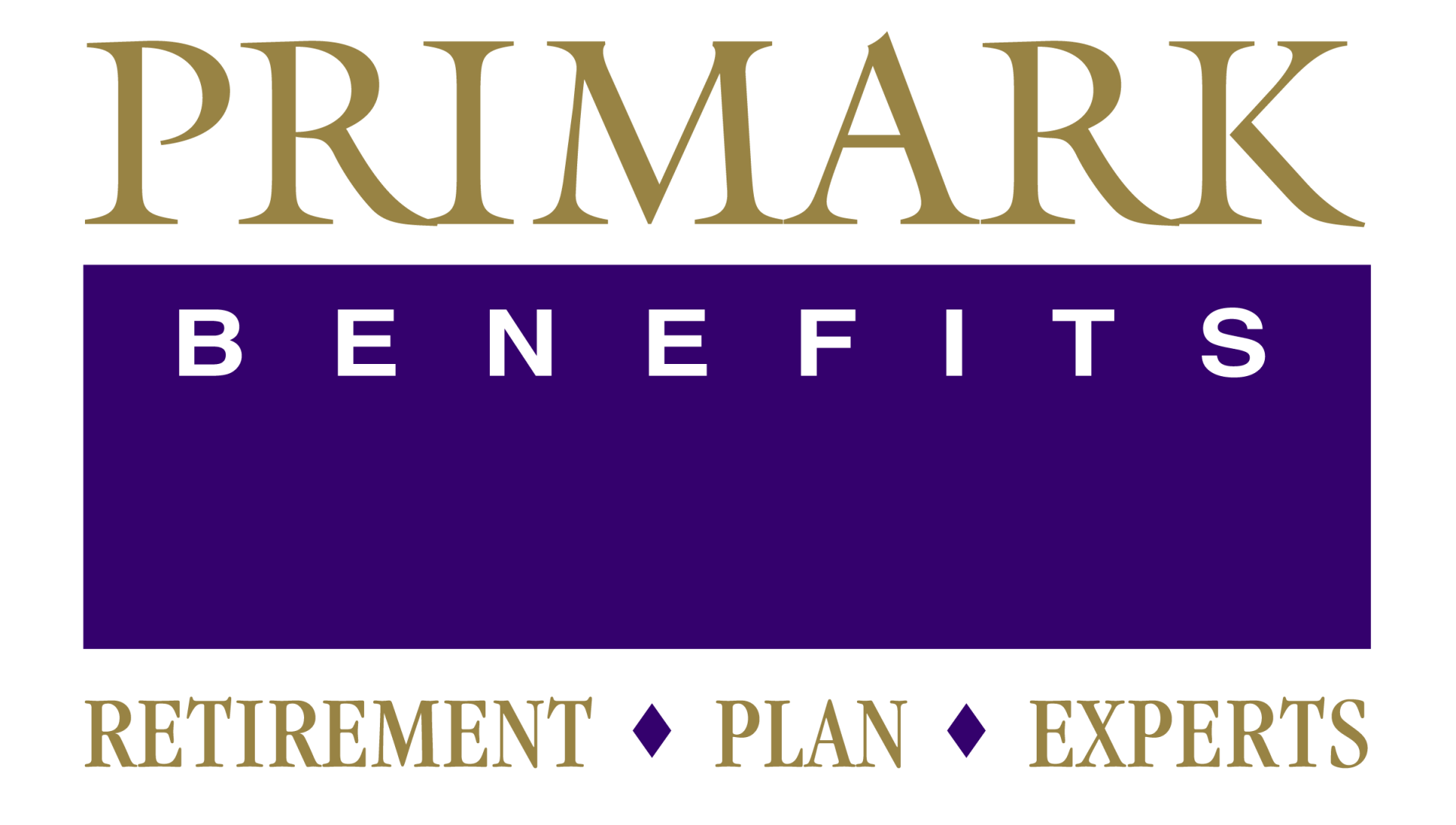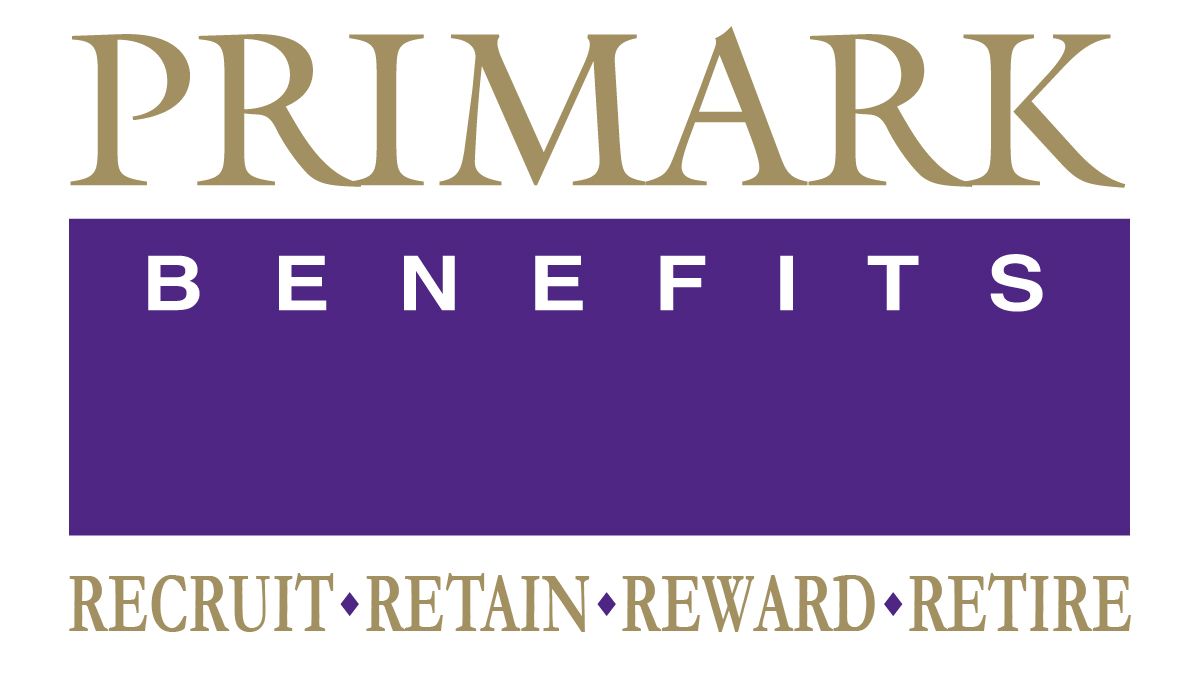Super Catch-Up Contributions under Secure 2.0: Enhanced Retirement Savings Opportunities
Primark Benefits is continually monitoring legislative updates. As such, we are sharing this reminder about the “super catch-up" contributions available under The SECURE 2.0 Act, in effect as of the start of 2025.

The SECURE 2.0 Act has significantly altered retirement savings regulations. Among its many changes, the Act has:
- Increased the Required Minimum Distribution (RMD) age,
- Expanded access to 401(k) plans for Long-Term Part-Time workers,
- Enhanced catch-up contributions for certain older adults.
Traditionally, Congress has set participant deferral limits for retirement savings plans such as 401(k), 403(b), and other employer-sponsored plans. For 2025, the standard deferral limit is $23,500.
Individuals aged 50 and older have been allowed even more, additional catch-up contributions to enhance their retirement savings. In 2025, eligible individuals can contribute an extra $7,500, bringing the total contribution limit for individuals aged 50 and older to $31,000.
“Super Catch-Up" Provision
To further encourage retirement savings, Congress introduced an enhanced, or "super catch-up", provision under Secure 2.0, for individuals 60-63 years old. That limit is the greater of:
- $10,000, or
- 150% of the standard age 50+ catch-up contribution limit.
For 2025, the IRS has set the age 50+ catch-up limit at $7,500. Therefore, for 2025, individuals aged 60 through 63 will be eligible to contribute an extra $11,250 annually, bringing the total contribution limit for those individuals to $34,750.
The introduction of super catch-up contributions under the SECURE 2.0 Act provides an excellent opportunity for older workers to boost their retirement savings. By allowing individuals aged 60-63 to contribute significantly more than their younger counterparts, these provisions help maximize tax-advantaged retirement funds.
Primark Benefits is continually monitoring legislative updates and has a page on our website dedicated to the changes being implemented annually from Secure 2.0.
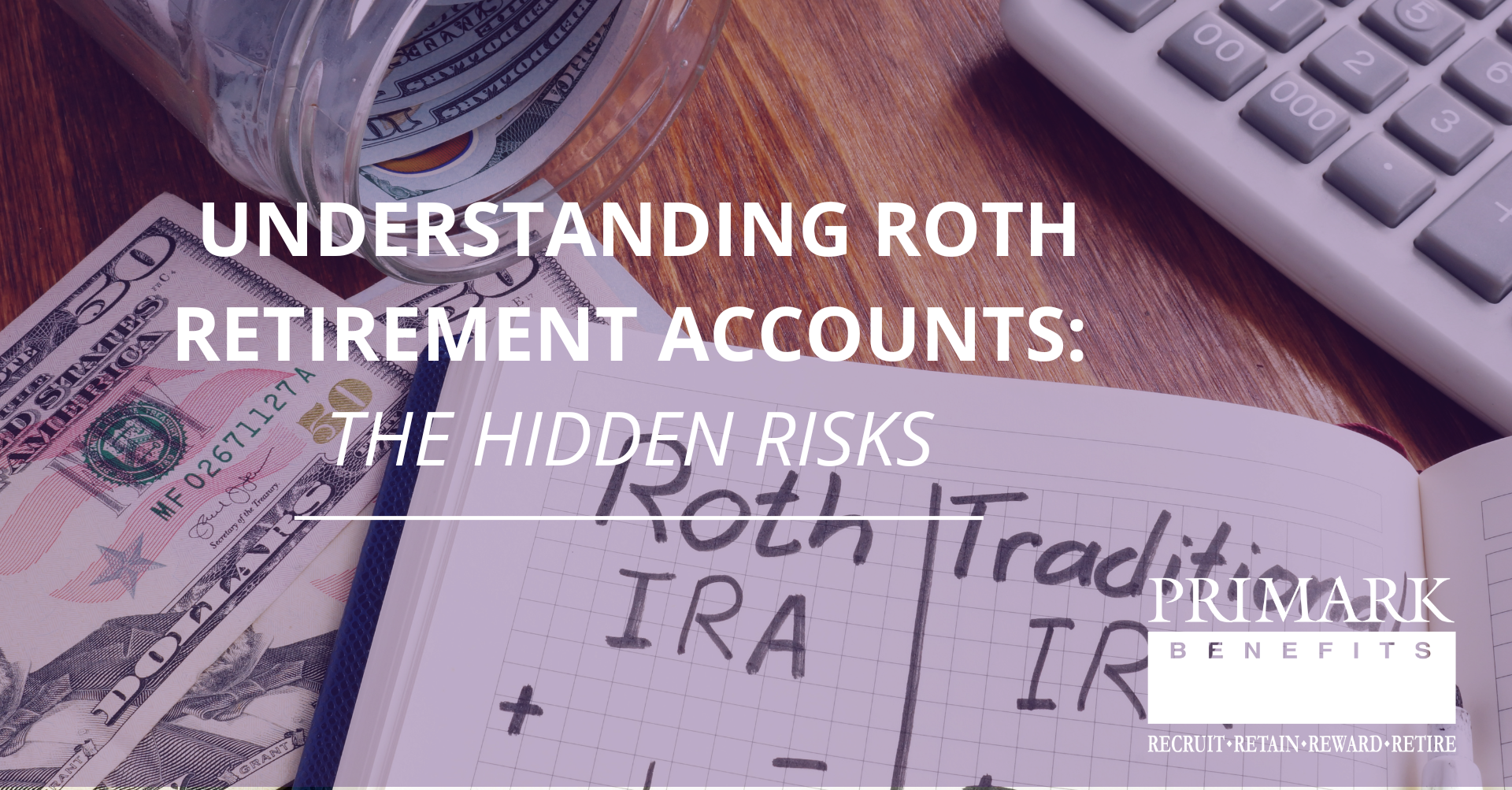
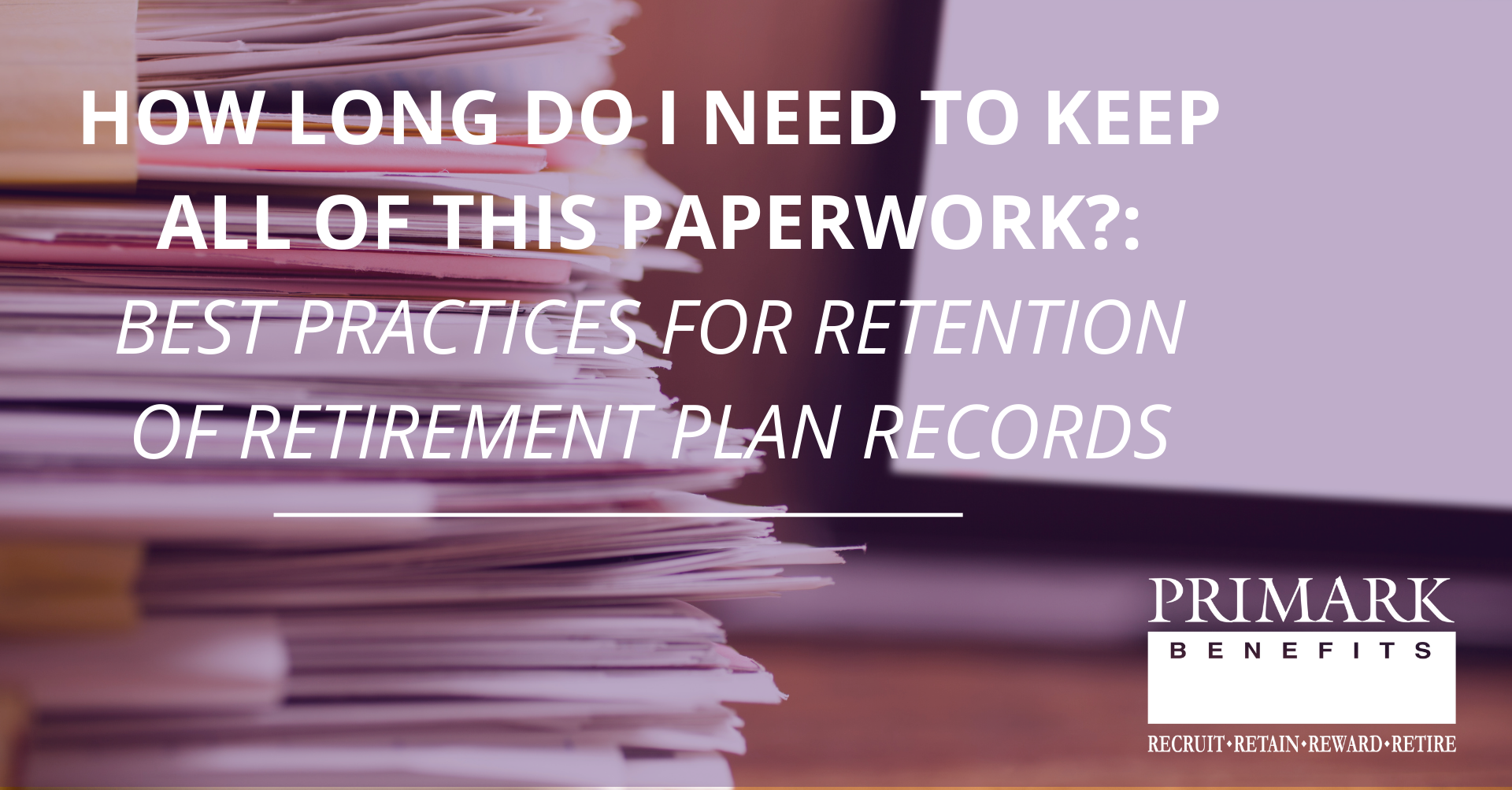
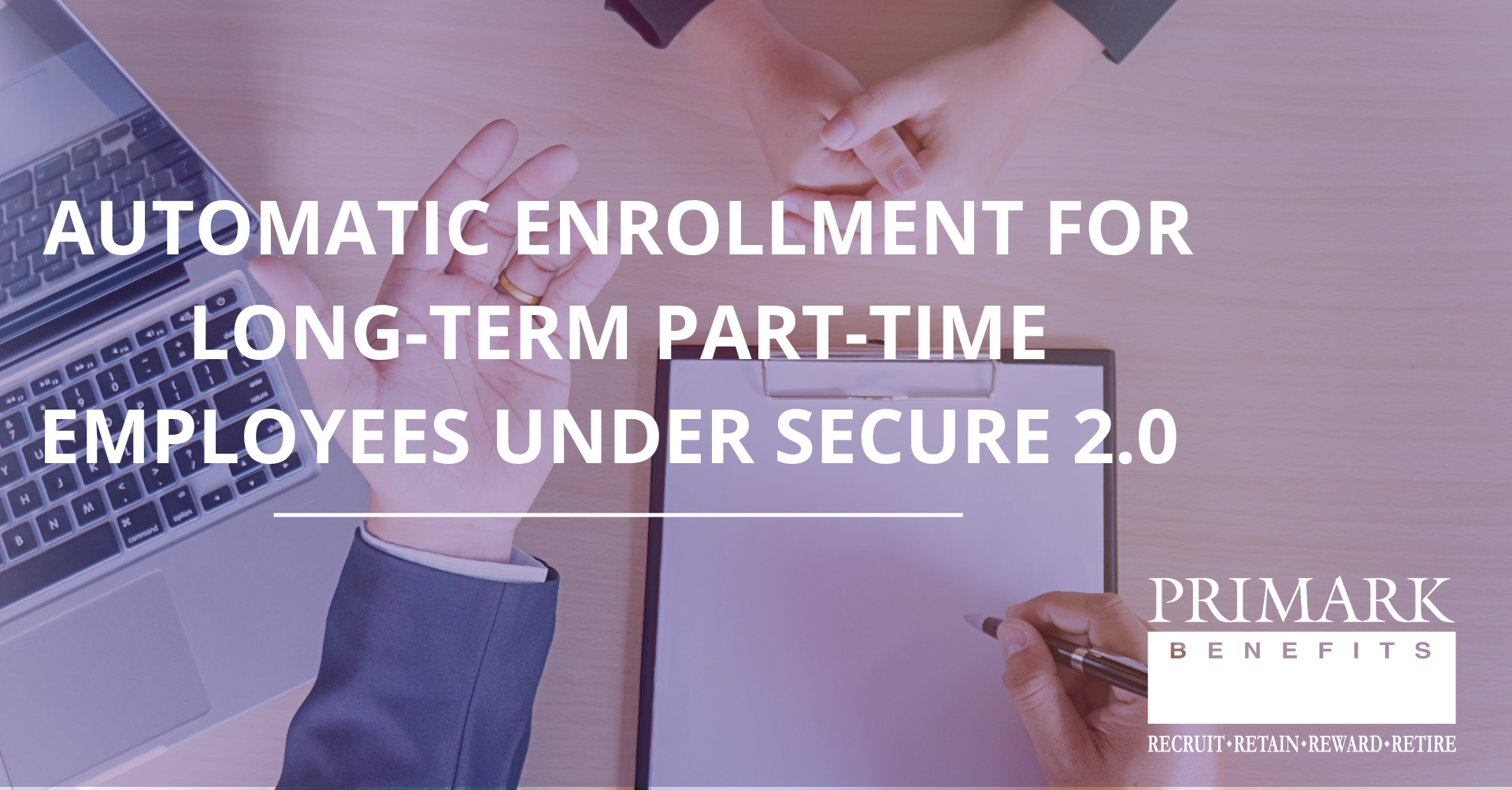
Phone
650.692.2043
General Inquiries:
Prospective Clients:
